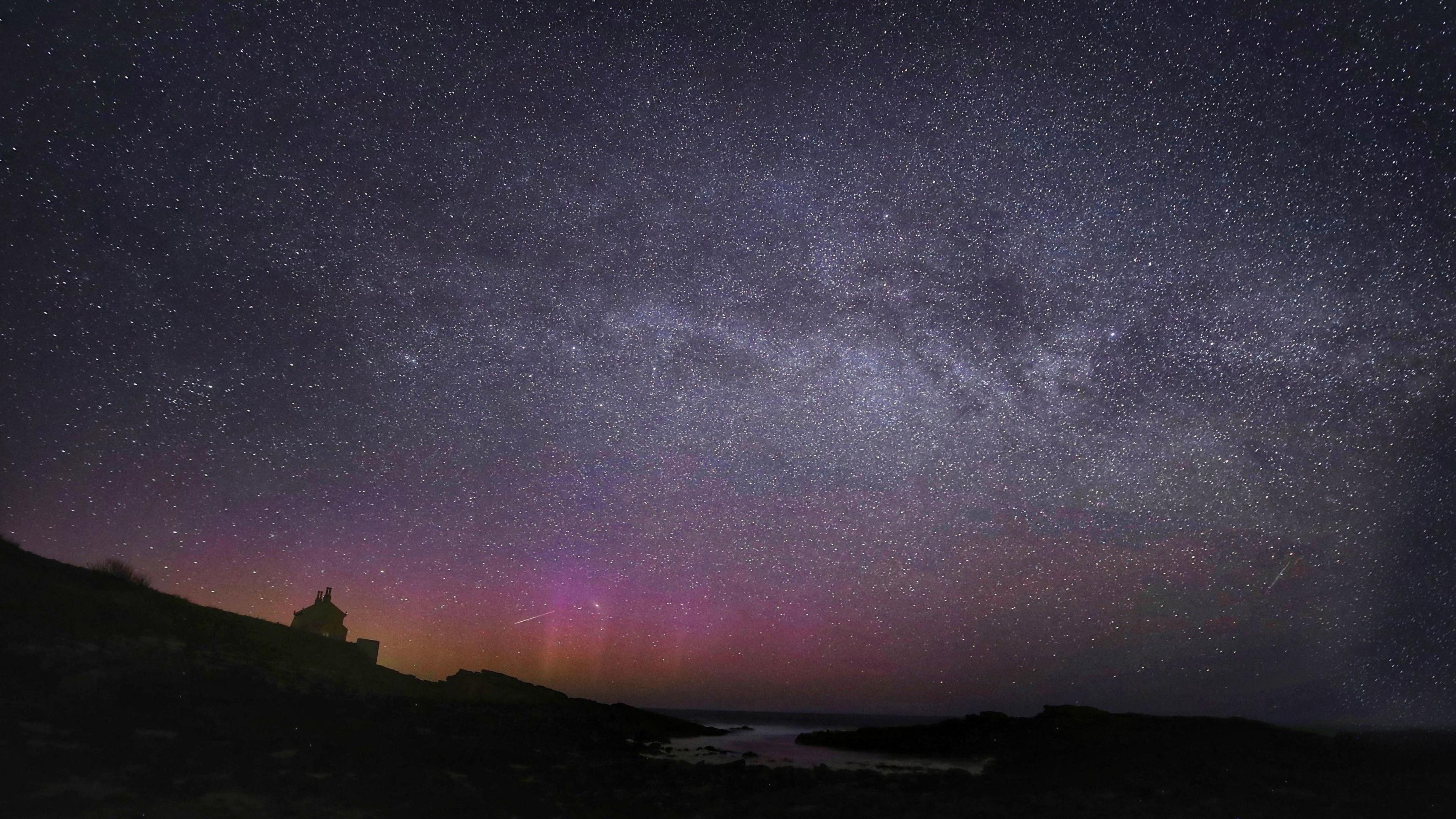Peak of Eta Aquarid meteor shower to dazzle bank holiday skywatchers
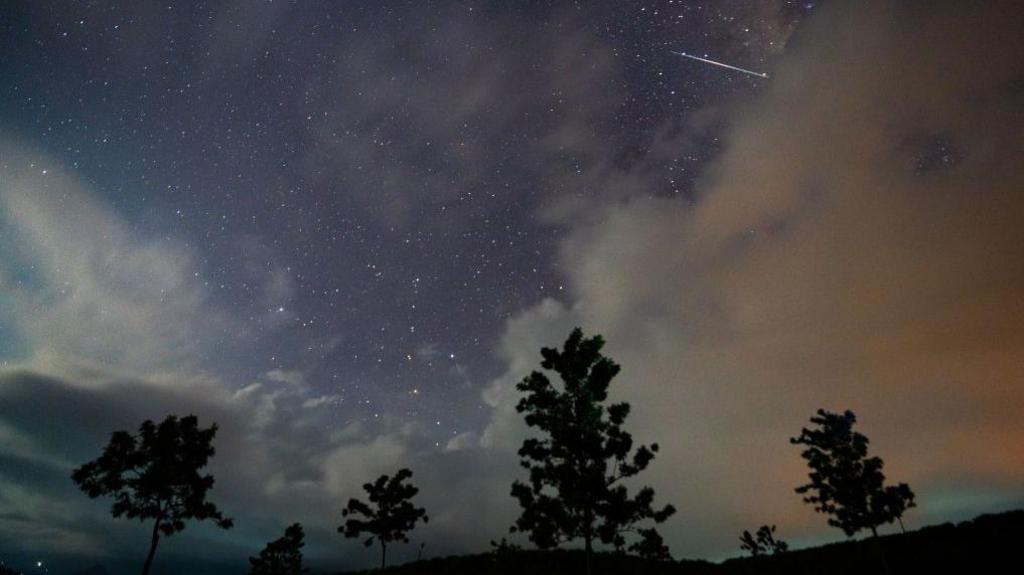
- Published
Stargazers are in for a treat this May bank holiday as the Eta Aquarid meteor shower is set to light up UK skies.
As many as 30 to 40 meteors per hour could streak across the predawn sky as the display reaches its peak on May 5.
Taking place annually, the Eta Aquarid shower occurs when Earth passes through debris left behind by Halley's comet.
It lasts for around three weeks between mid-April and the end of May.
When and how can I see the Eta Aquarid shower?
This year, the Eta Aquarid meteor shower is expected to be visible through to May 28, but it will peak in the early hours of May 5.
Generally, however, there will be increased meteor activity for a few days on either side of the peak.
To catch a glimpse of the shower, you should head outside between midnight and dawn and avoid areas where there is significant light pollution.
You won't need binoculars or a telescope, as this shower will be visible with the naked eye. However, it will take around 15-20 minutes for your eyes to adapt, so be patient.
What is the forecast?
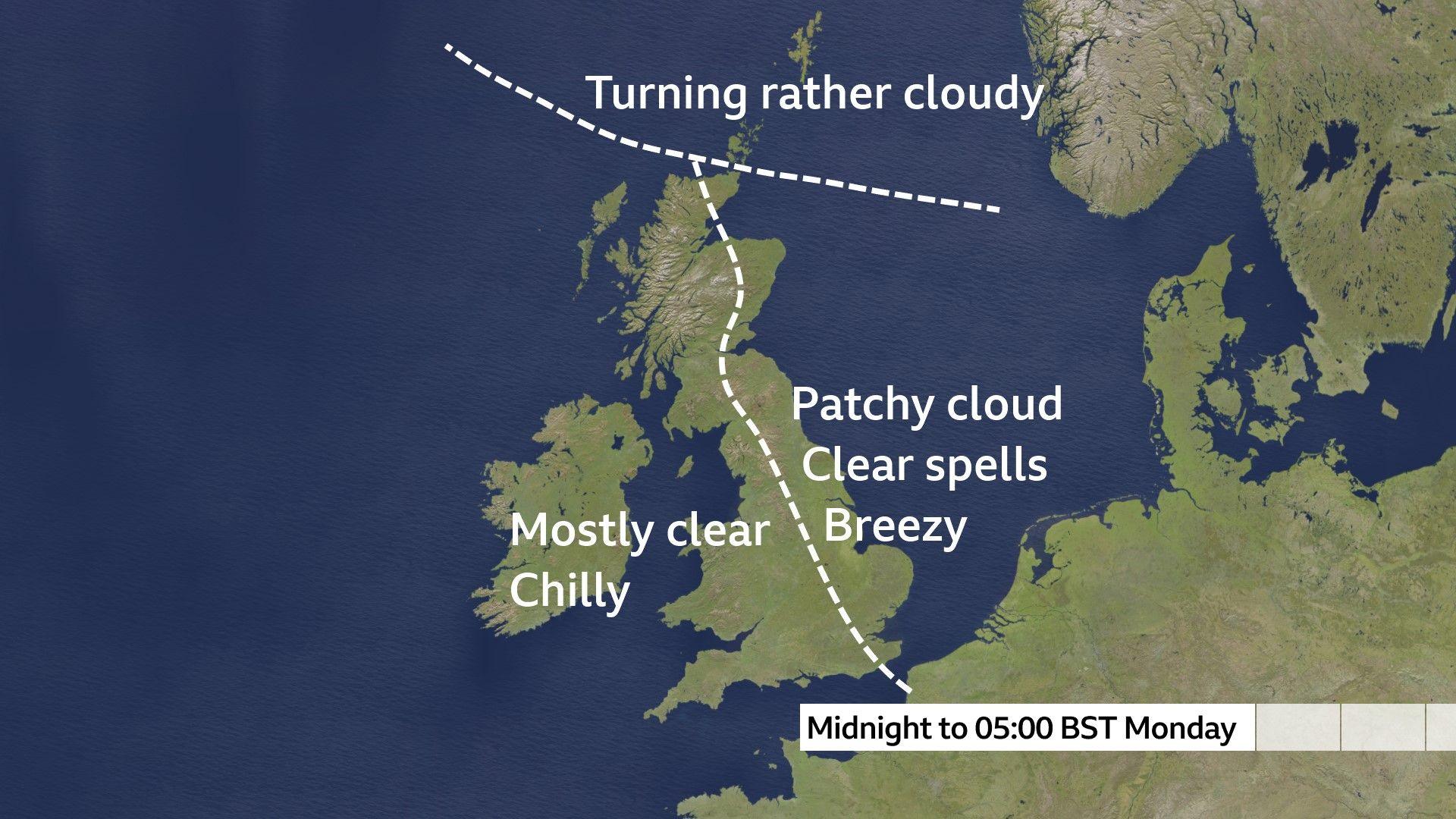
Forecast for Sunday night into early Monday morning
From Sunday night into early Monday morning, skies will be largely clear for much of the UK.
A few patches of cloud may obscure the view at times across eastern England and eastern Scotland but there should still be some clear interludes.
It may be trickier for stargazers in Shetland and Orkney with cloud amounts forecast to increase through the early hours.
Anyone heading outdoors will want to wrap up as it will be a chilly morning, with a fresh north-easterly wind. Temperatures will be in low single figures Celsius for many and could be near freezing in some rural locations.
For the most up to date information, check the hour-by-hour forecast where you live on the BBC Weather website or app.
What is a meteor shower?
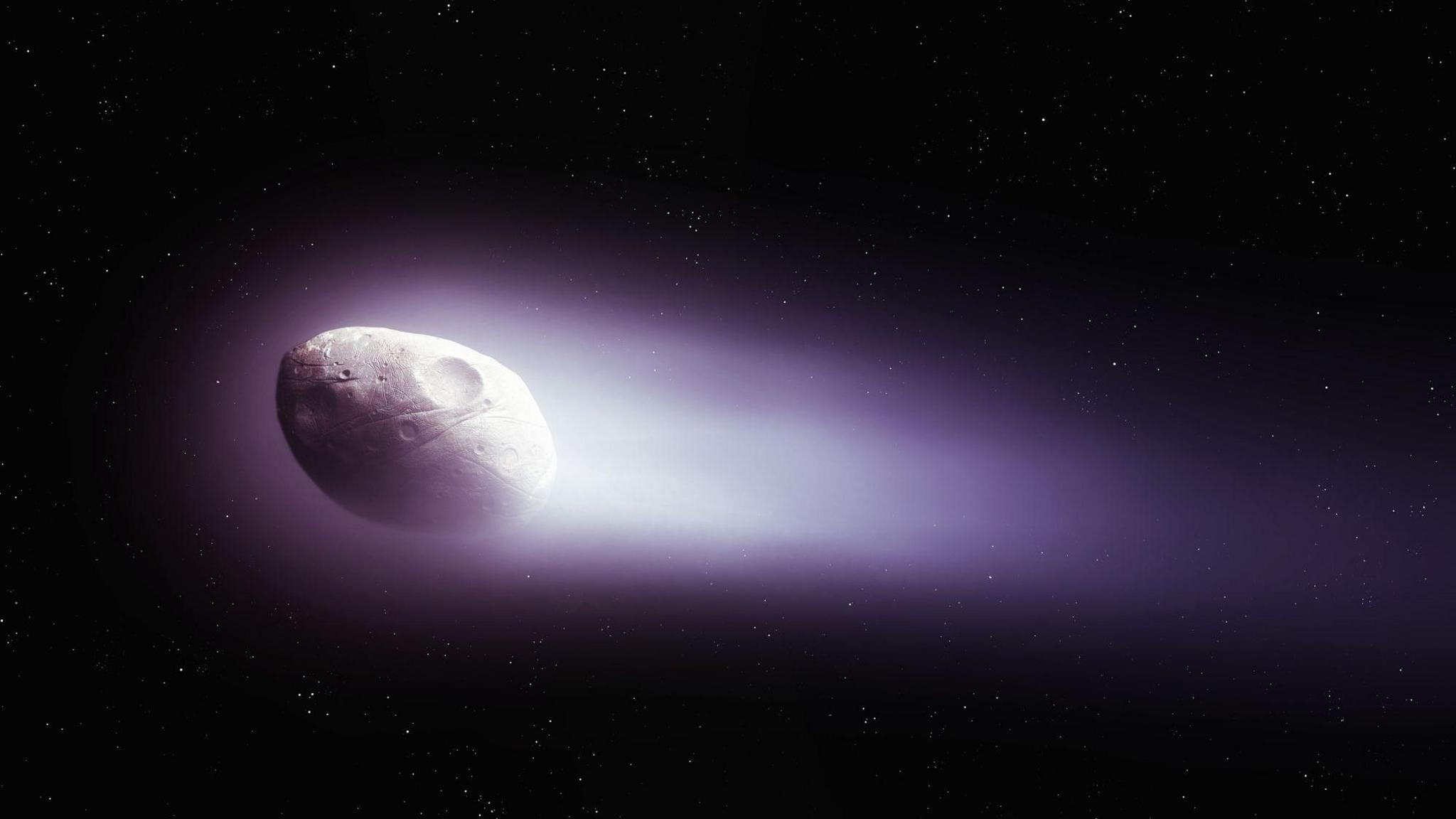
Halley's Comet isolated in space
Meteor showers take place when dust from a passing comet or asteroid passes through the Earth's atmosphere.
The tiny particles - roughly the size of a grain of sand - vaporise, creating visible streaks of light.
As the Earth passes through the densest part of the dust stream, more meteors are visible.
- Published17 April
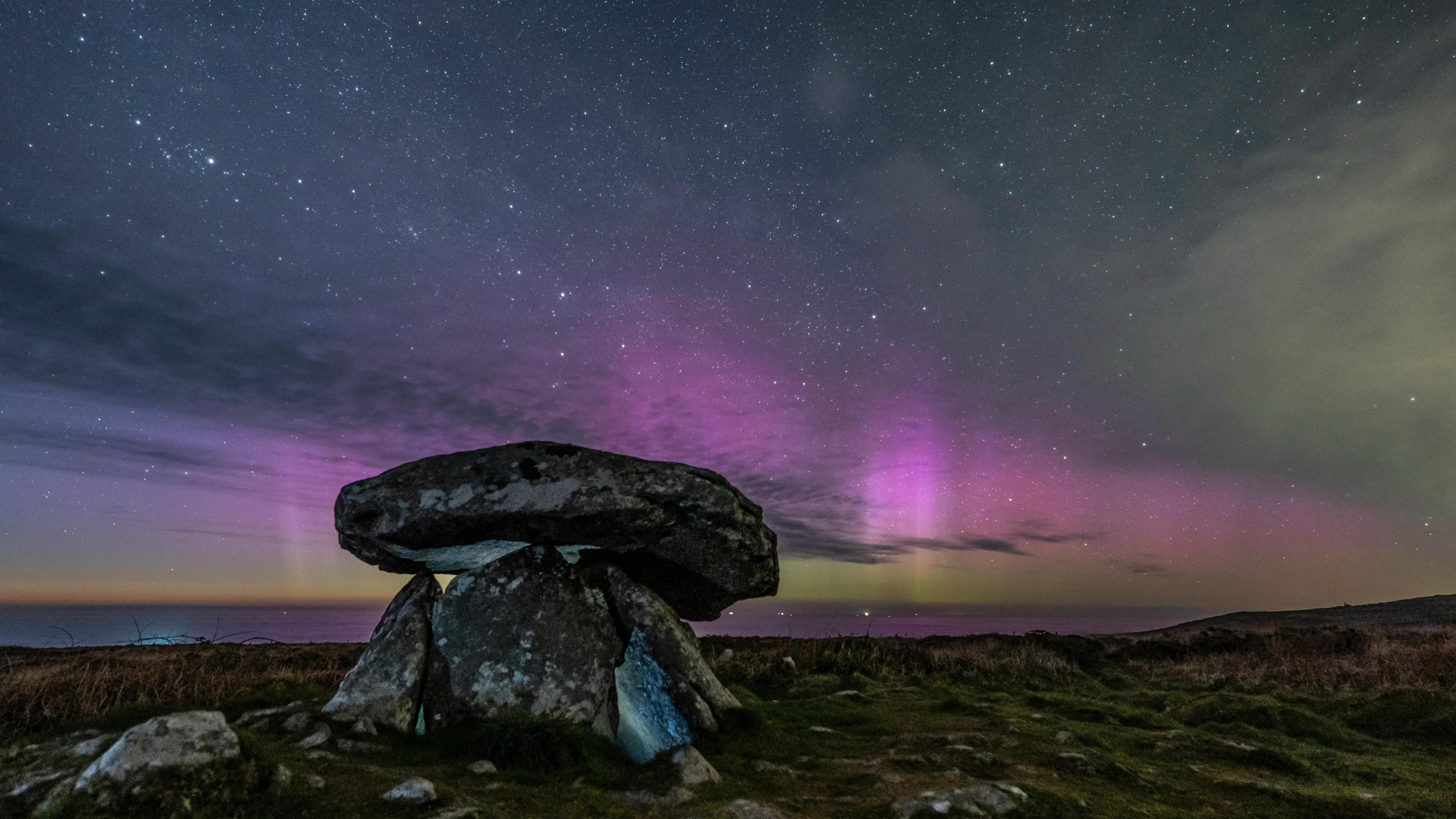
- Published1 January
